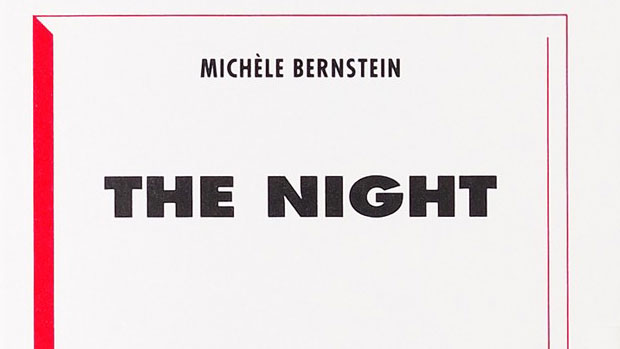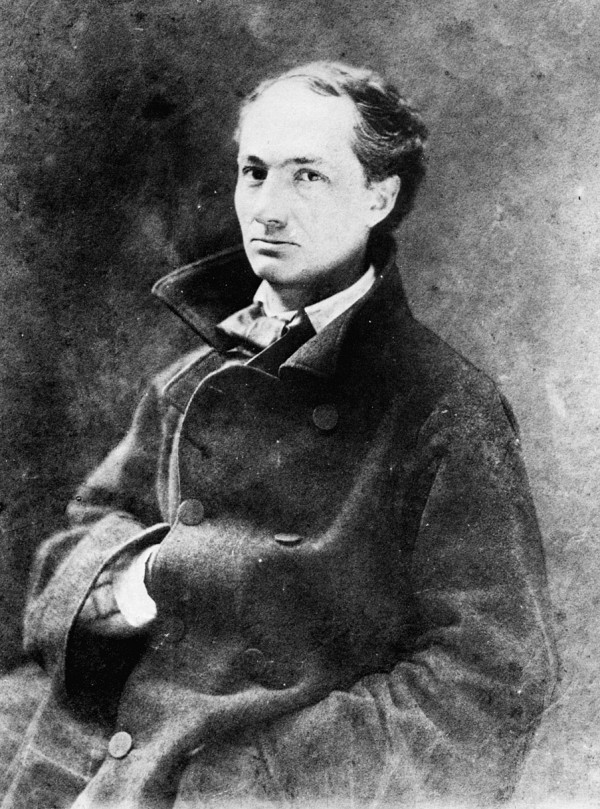The Night

By Brendan Byrne.
“Language is the poisoned air we live in. In spite of all our jokers, words don’t play; and in spite of Breton, they don’t make love except in dreams. Words work, to the profit of the dominant organisation of life.”
The above quote is from the polemic ‘All the King’s Men’ which appeared in Internationale Situationniste #8 in 1963, three years after Michèle Bernstein’s novel All the King’s Horses. The titles are not taken from the same source. The editors of Internationale Situationniste (of whom Bernstein was one) explicitly reference Humpty-Dumpty, whereas her novel takes its title from a traditional French ballad. In ‘Aux Marches du Palais’, the coupling of a royal and a commoner is imagined, creating what Greil Marcus called “as deep and singular an image of revolution as there was ever been”. This different ethic of love fuels the shared plot (such as it is) of All the Kings Horses and its successor The Night (1961): a married couple’s seduction and abandonment of two young lovers. All the King’s Horses tells the story in an irony on the style of Françoise Sagan’s Bonjour Tristesse. The Night mimics Alain Robbe-Grillet’s nouveau roman, fracturing the more or less undisturbed chronology of its predecessor.


